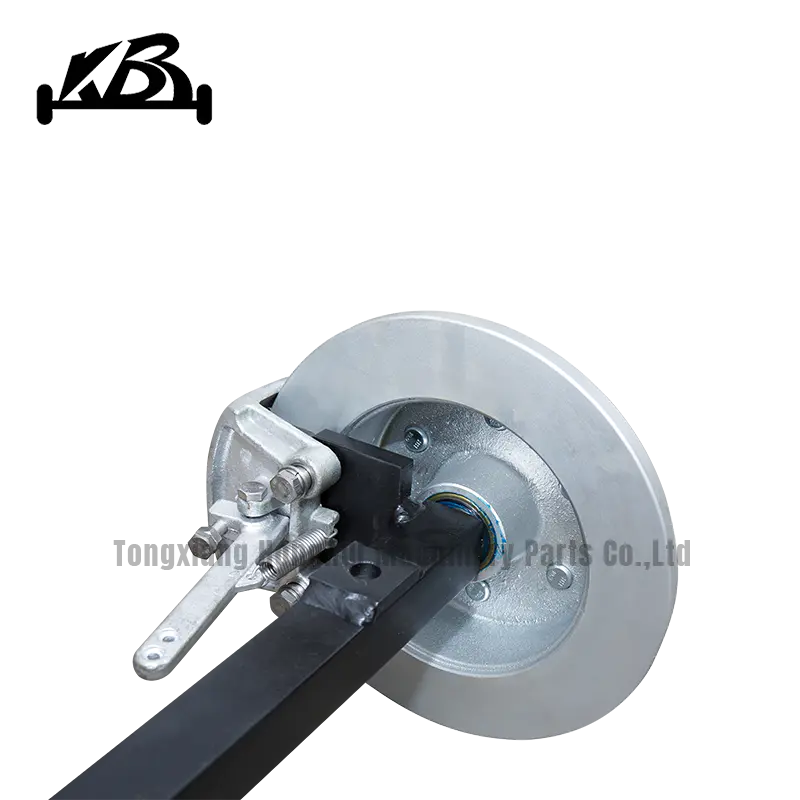In the realm of off-road exploration, the choice between a straight axle and independent suspension systems is often a pivotal one, dictating a vehicle's capability and performance in rugged terrain. Each suspension type brings its unique set of advantages and drawbacks to the table, shaping the vehicle's ability to conquer challenging landscapes with confidence and control.
Straight Axle: The Backbone of Durability
At the heart of traditional SUVs, pickups, trucks, and trailers lies the sturdy foundation of the straight axle suspension system. This time-tested design boasts a simplicity and ruggedness that have endeared it to adventurers seeking to tackle the toughest trails. A straight axle, true to its name, presents an axle whose entire axis forms a straight line. It's a system where each wheel is mounted on an axle supported by two parallel bearings, connected to the vehicle chassis via a robust suspension mechanism.
Straight axles excel in rugged terrain due to several key attributes. Their design provides ample ground clearance, allowing vehicles to navigate rocky landscapes without fear of getting snagged or hung up on obstacles. This elevated clearance is a boon when traversing uneven terrain, ensuring the undercarriage remains unscathed even amidst the roughest of conditions. Furthermore, the inherent strength and durability of straight axles make them well-suited for heavy loads and impacts, instilling confidence in drivers as they navigate treacherous paths.

Independent Suspension: The Art of Adaptability
In contrast, independent suspension systems offer a more sophisticated approach to off-road performance. Each wheel operates independently, responding to the terrain's contours with unparalleled adaptability and finesse. This flexibility allows vehicles equipped with independent suspension to maintain better traction and stability, even in the face of challenging obstacles. As the wheels can move independently of one another, they can articulate more freely, ensuring constant contact with the ground for optimal grip and control.
In rugged terrain, independent suspension systems shine in their ability to provide a smoother ride and improved handling compared to their straight axle counterparts. The enhanced articulation and flexibility afforded by independent suspension enable vehicles to tackle obstacles with greater ease, whether it be navigating rocky outcrops, traversing deep ruts, or scaling steep inclines. This dynamic response to the terrain ensures drivers can maintain momentum and control, even in the most demanding off-road scenarios.
The Verdict: A Balancing Act
So, how does a straight axle perform compared to independent suspension systems in rugged terrain? The answer lies in a delicate balance between durability and adaptability. Straight axles offer unmatched strength and resilience, making them well-suited for conquering harsh environments with their rugged simplicity. On the other hand, independent suspension systems provide superior traction, articulation, and control, allowing vehicles to navigate rough terrain with finesse and confidence.
Ultimately, the choice between a straight axle and independent suspension system boils down to the driver's priorities and the specific demands of the terrain. For those seeking brute strength and reliability in the face of adversity, the straight axle remains a steadfast companion. However, for those who value agility, traction, and the ability to conquer rugged terrain with finesse, independent suspension systems offer a compelling alternative. In the end, both suspension types have their place in the world of off-road exploration, each contributing its unique strengths to the pursuit of adventure and discovery.



 中文简体
中文简体













